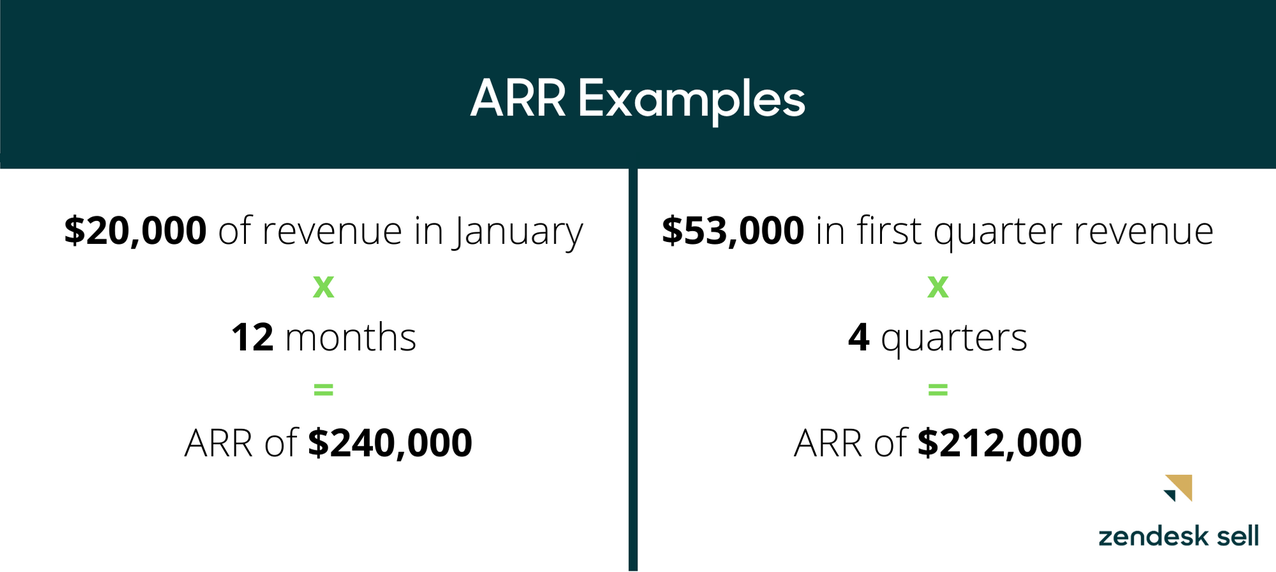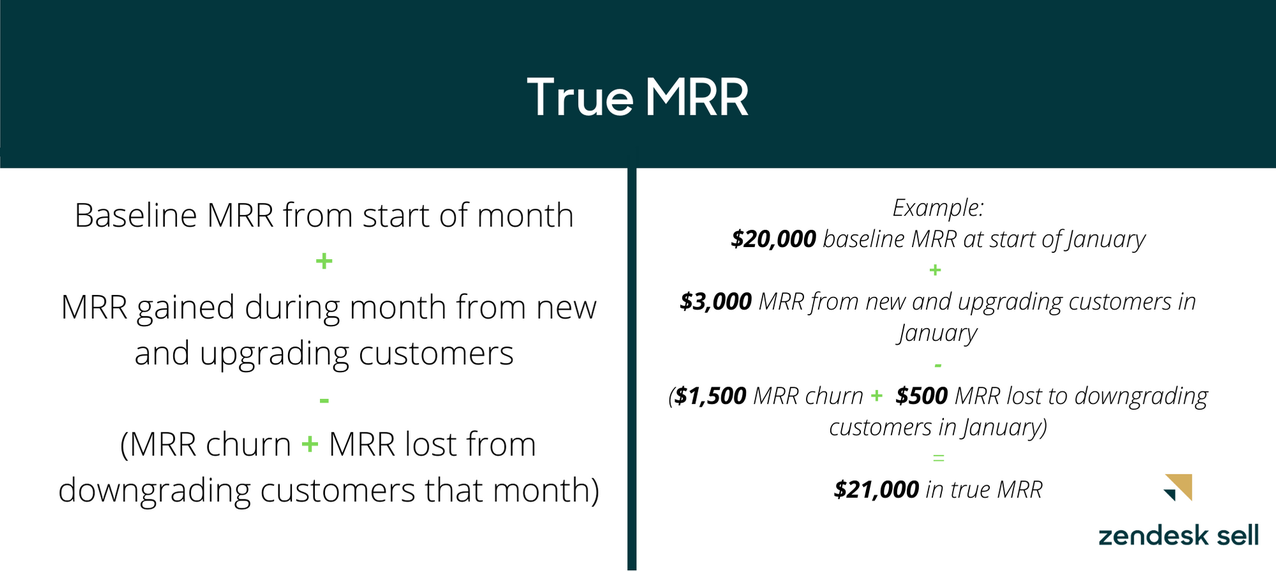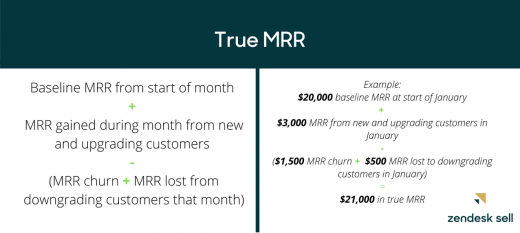Why Your Run Rate Calculations May Be Hurting Forecasting (& How to Solve It)
Sales forecasting has a good deal in common with weather forecasting, particularly in the sense that the further one projects into the future, the less reliable the predictions become.
If you’re in the midwest, planning your Memorial Day weekend barbecue in January because you expect a repeat of last year’s warm temperatures and clear skies is a pretty dicey proposition. And if you run a business, planning a budget that’s based entirely on what run rate calculations predict your profits will look like for the next three quarters is also incredibly chancy.
While no one can be completely certain months in advance if there are literal or figurative storm clouds waiting for them on the horizon, you can improve the accuracy of your estimates.
What are run rate calculations?
A run rate is a rough estimate of a company’s annual earnings based on monthly or quarterly financial performance data.
Often called an annual run rate, or ARR, this number is usually calculated by taking the revenue results from either a single month or a single quarter and annualizing the data to forecast what the company’s total profits will be that year.
So, for example, if a small business produces $ 20,000 in sales during its first month, you could multiply that number by 12 to get an ARR of $ 240,000. However, if that same business followed that up with $ 18,000 in sales their second month and $ 15,000 in their third month for a total of $ 53,000 in first-quarter earnings, you could say that, based on quarterly performance data, their ARR is only $ 212,000.

Of course, the significant discrepancy between those two competing annual run rate calculations really demonstrates what a volatile and imprecise metric ARR can be. And that’s not the only reason why these figures can make for pretty poor forecasts.
What run rate calculations fail to consider
Because it’s such an easy back-of-the-envelope calculation, a lot of sales teams rely on ARR to predict the next 12 months of their organization’s revenue. But there are many important variables being left off of that envelope, which can lead to some seriously off-base estimates.
Seasonal trends
One of the biggest problems with a run rate is that it assumes revenue will be static throughout the year, rather than periodically rising and falling to reflect seasonal sales trends.
For starters, a costume shop would be pretty foolhardy to look only at their October revenue results and assume those profits will remain the same for the other 11 months of the year. Conversely, that same store would be selling themselves short if they based their ARR calculations solely on the revenues they had in February, ignoring the likelihood that they’ll have more revenue growth around Halloween.
Even businesses that aren’t quite that niche can fall victim to seasonal trends. Almost all retailers experience a big boost during the holiday shopping season that could never be sustained yearlong, and sales reps have often complained of a summer slowdown that seems to strike when the weather warms up.
Fluctuating customer demand
Seasonal fluctuations in customer demand are sometimes easy to forecast, but unexpectedly good or bad sales months are much harder to predict—although equally capable of skewing your run rate.
Landing a big customer is always cause for celebration but not for setting expectations. That huge one-time sale will significantly increase your revenue for the month, which could lead to an artificially high ARR that establishes an unrealistic forecast. Conversely, if you lose your biggest customer or have an unusually high churn rate one month, using that period of time as the basis of your ARR could lead to overly pessimistic projections that assume you’ll never bounce back.
You can never know for certain when you’re going to have a really great or not so great month, but run rate calculations are premised on the idea that you can rely on the next month to always be basically the same as the last.
The growth factor
In addition to seasonal trends and outlier events, run rates also neglect to account for growth.
Ideally, startups and other new businesses will see an increase in earnings as their companies develop and become more well known, but annualizing revenue based on one small sample size completely ignores this factor. Even older companies should always be striving for some level of growth, even if it is comparatively modest. If your revenues really have completely flatlined, you may be doing something wrong.
When to use ARR (and when not to)
If run rate calculations are so notoriously unreliable, why does anybody use them? In some cases, it’s because they don’t know any better, and in other cases, it’s because there really are no better options.
Do use ARR to set goals for sales teams
There are some situations in which it makes perfect sense to rely on run rate calculations, such as setting goals for sales teams.
There can be tremendous consequences if your budget overreaches, but having overly ambitious personal goals is a lot less problematic. ARR is a quick and easy calculation that individual sales reps or entire teams can use to create an annual sales target that’s worth working towards. Using that number as a guidepost can help you know whether you’re on pace to meet your annual goal.
Do use ARR to set expectations for new companies
ARR may also be necessary when it comes to setting expectations for new or newly profitable companies. For some fresh-faced businesses, small sample sizes are all they have to use as a predictor of future financial performance. So, although it’s not the most accurate measure, a young startup without much data to work with may have few options aside from annual run rate when it comes to setting a sales goal for the company.
Similarly, a struggling business that’s finally had its “hockey stick moment” may decide to use an annual run rate based on their first post-surge quarter to get a better perspective on what their new normal may look like.
Don’t use ARR when talking to investors
Businesses often make the same common mistakes in their application of run rate calculations, and chief among them is using ARR when talking to investors.
It’s tempting to take your company’s best-ever sales month and use it as the basis for an incredibly optimistic ARR calculation that you can show off to your investors. However, this is a bad idea for a couple of reasons. For starters, many investors know how deceptive these numbers can be and are going to be skeptical of any best-case scenario that’s presented without much hard data to back it up. Second, if investors do accept your ARR at face value, you may be setting them up for disappointment should the prediction fail to pan out.
If you do try to sell investors on an ARR, make sure you present the figure with plenty of context and are prepared to answer any questions they may have.
Don’t use ARR when planning a budget
Budgets need to be as accurate as possible to avoid overspending, and as we’ve seen, run rates are much too easily skewed to provide a realistic assessment of what you can and can’t afford.
A company’s sales revenue from past years provides a much more solid basis for budget projections. Brand-new startups will not have that luxury, of course, but should still be as accurate and conservative as possible in their estimates.
Why accurate MRR calculations are best for recurring revenue businesses
For recurring revenue businesses like SaaS startups and other subscription-based companies, a metric that’s in many ways more meaningful than ARR is MRR, or monthly recurring revenue.
MRR refers to the total amount of revenue that comes from subscription payments each month, taking into account both the increased profits from new or upgrading customers and the financial hit from customers who cancel or downgrade their subscription. This calculation excludes one-time sales, since these are not a form of recurring revenue, and must divide quarterly, semi-annual, and annual payments by their intended subscription lengths to determine their actual monthly value.
The formula for calculating true MRR involves taking the baseline recurring revenue from the beginning of the month and adding all of the additional revenue from new and upgrading customers, then subtracting the lost revenue from downgrades and churn.

Tracking MRR gives you a more accurate way to measure growth and provides a more stable basis for financial forecasting.
Using MRR to inform your ARR
If you are a new or newly successful company and you do need to rely on ARR to some extent, make sure your calculations are based on your true MRR, not just total first month or Q1 profits. All you have to do is calculate your MRR and then multiply it by 12 to get a more accurate ARR.
Be sure to avoid the same common mistakes that are known to skew all run rate calculations, like forgetting to factor in seasonal sales trends, upcoming product launches and feature updates, or any other outlier events.
As a forecasting method, run rate calculations may not always be accurate enough to form the basis of a budget plan or a pitch to an investor. But when based on true MRR, they can still be a great way for sales teams and organizations to set goals and expectations for the future.
Business & Finance Articles on Business 2 Community
(60)


